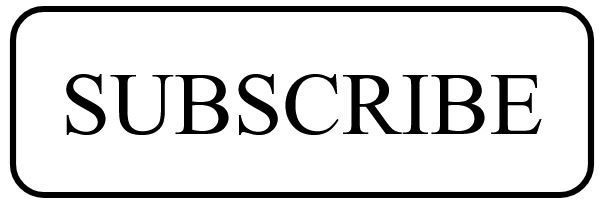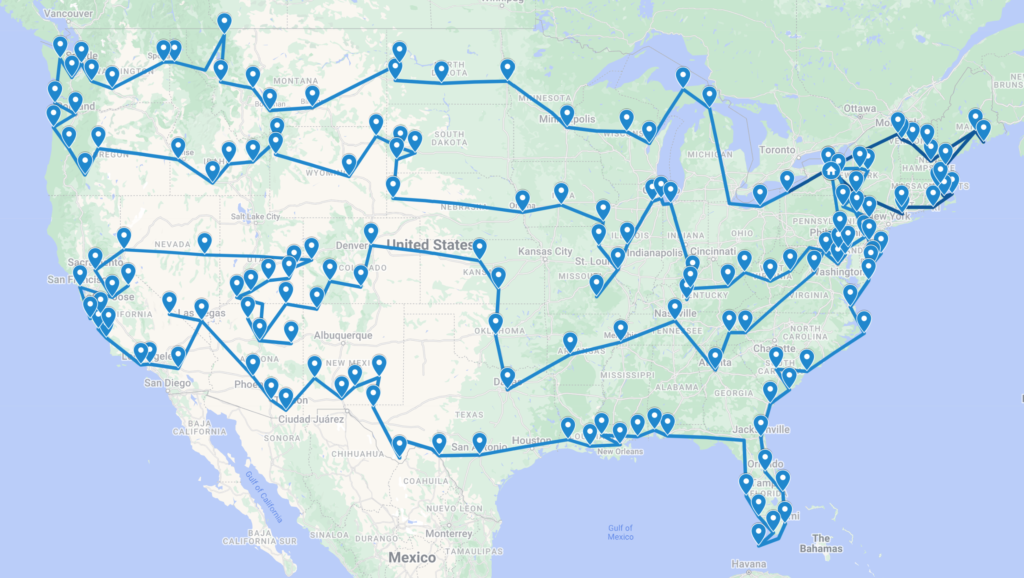
Valley Forge National Historical Park is a 3,500 acre park located just 20 miles outside Philadelphia. Valley Forge is most well-known for being the encampment site for George Washington and the Continental Army through the winter of 1777-1778. But whether you’re looking for beautiful scenery, historical sites, or just a good place to hike, Valley Forge has it all. Check out our list of favorite things to do at Valley Forge below.
Best Things to Do at Valley Forge National Historical Park
1. Self-Guided Encampment Tour
The Encampment Tour is a must-do at Valley Forge National Historical Park. The tour is a 10-mile scenic loop road through the park with 9 major stops. Without making any stops, the tour will take about 20 minutes. Exploring each stop can take up to typically two hours to finish the tour. Check out the NPS park brochure to see a map of the encampment tours stops at the National Park Service website.
Encampment Tour Stops:
1. Visitor Center
The first stop on the Encampment Tour is the Valley Forge Visitor Center. Pick up the park brochure here, which has a map of the park. There are great exhibits in the center explaining the history of the park. Don’t miss the free orientation film shown at the theater next to the visitor center every half hour. It was a good way to quickly learn about the history of the park and why it’s important.
2. Muhlenberg Brigade

The Muhlenberg Brigade site is where General Peter Muhlenberg led a brigade encampment. Here you will see reconstructed log huts with small exhibits inside. From the parking lot, there is a beautiful view of hills in the distance.
3. National Memorial Arch

The National Memorial Arch was built in 1914 to memorialize Washington and the Continental Army’s arrival to Valley Forge.
4. Wayne Statue
During the encampment at Valley Forge, Anthony Wayne was in charge of the men of the Pennsylvania Line, and recruited replacement men and supplied them with clothing. George Washington relied on him during the encampment. This is a quick stop, with just the statue and an information sign.
5. Washington’s Headquarters

This is one of the most exciting stops in the encampment tour. Between 10AM and 5PM, you are able to go inside the building where Washington headquartered during the encampment at Valley Forge. At this stop, you can also visit an old train station, Valley Forge Station, built by the Reading Railroad that used to be used by tourists visiting the park. Now, it is used as a small museum.
6. Redoubt 3
Redoubt 3 is another quick stop. Here, you can walk onto a wood platform and view Redoubt 3, a partially reconstructed earthwork used to protect the area from attack.
7. Artillery Park

Artillery Park is a centrally located area where most of the Continental Army’s cannons were kept during the encampment. You can see many replica cannons at this stop. There are also beautiful views of the Grand Parade field behind the cannons.
8. Steuben Statue and Varnum’s Quarters
Baron von Steubon was a Prussian military officer who retrained the Continental Army during the encampment, which helped turn the tide in the war. He wrote the Blue Book, which details many of his instructions for how an army should work. Parts of this book are still used by modern militaries today. At this stop, you will see a statue of Baron von Steuben. There is also another great view of the Grand Parade.
9. Washington Memorial Chapel

The Washington Memorial Chapel is the last stop of the Encampment Tour. Washington Memorial Chapel was built in 1903 to honor Washington and be used as a chapel for Valley Forge visitors. The chapel has beautiful stained glass windows and architecture. Don’t miss the Patriots of African Descent Monument a short walk down the road.
Encampment Tour Quick Tips:
- The tour is best completed by car, which allows you to go at your own pace.
- Bring along food to have a picnic lunch at one of the many scenic locations along the tour.
- There are parking lots at each stop with plenty of room.
- The tour is very well marked, with green Encampment Tour signs at each intersection directing people where to go.
- There are signs at each stop explaining the history and significance of the stop.
- While the park is open until 30 minutes after sunset, Washington’s Headquarters is only open from 10AM-5PM.
- Download the NPS App to read more about each stop. You can also follow along with a cell phone tour by calling the phone number listed at each stop. An audio guide is also available for purchase for online streaming or a CD at the visitors center.
Read about our experience driving the Encampment Tour in our weekly post!
2. Hiking

Valley Forge National Historical Park has over 35 miles of trails to explore. Listed below are some of the most popular trails to hike.
Difficulty: Easy
Length: 5 mile loop
The Joseph Plumb Martin Trail is one of the most popular trails to hike at Valley Forge. It is a 5 mile long paved loop trails that takes you through many historically significant sites. There are multiple access points to get on the trail, but the visitor center is the most popular.
Difficulty: Moderate
Length: 3.8 mile out-and-back round trip
The Mount Joy Trail is a 3.8 mile trail that takes you up Mount Joy. The trail, for the most part, is through the woods and is unpaved.
Difficulty: Moderate
Length: 2.9 mile out-and-back round trip
The Mount Misery Trail is a 2.9 mile trail that takes you through forests and meadows. It is unpaved.
Difficulty: Moderate
Length: 3.8 mile loop
The very popular Mount Joy to Mount Misery Trail combines the Mount Joy Trail, Mount Misery Trail, Horse-Shoe Trail, and the Knox Trail.
3. Biking
Valley Forge has 19 miles of biking trails. The paved 5 mile Joseph Plumb Martin trail is a popular trail for bikers. Bikes and e-bikes are available to rent seasonally at the visitor center. Guided bike tours are also available.
4. Trolley Tour
A 90 minute guided trolley tour is available throughout the year at Valley Forge. The tour takes you through the encampment tour scenic road, with longer stops at Muhlenberg Brigade and Washington’s Headquarters. This is a good option if you don’t wish to drive the tour yourself. Adult tickets are $20 each. It’s recommended that reservations are made in advance. For more information, check the park website.
5. Attend a Ranger Program
Ranger programs are offered in Spring, Summer, and Fall. In the fall, programs are offered around a campfire. Check the park website for up-to-date schedules.
How to Get to Valley Forge National Historical Park
The address for the visitor center at Valley Forge is:
1400 North Outer Line Drive
King of Prussia, PA 19406
To get to the visitor center by bus, take SEPTA Bus Route 125, which stops at the visitor center. SEPTA Bus Route 139 also stops near the visitor center.
Fees
There are no fees to visit Valley Forge National Historical Park.
When To Go

The park is open year-round from 7AM to 30 minutes after sunset. However, not all amenities are available year-round, such as bike rentals and ranger talks. The best times to visit are between April and the end of October. October is a great time to view fall foliage.
Where to Stay
There are plenty of places to stay near Valley Forge National Historical Park. The park is an easy day trip from Philadelphia, but to stay even closer to Valley Forge, consider staying in King of Prussia.
Enjoy this post? Please consider sharing on social media.





